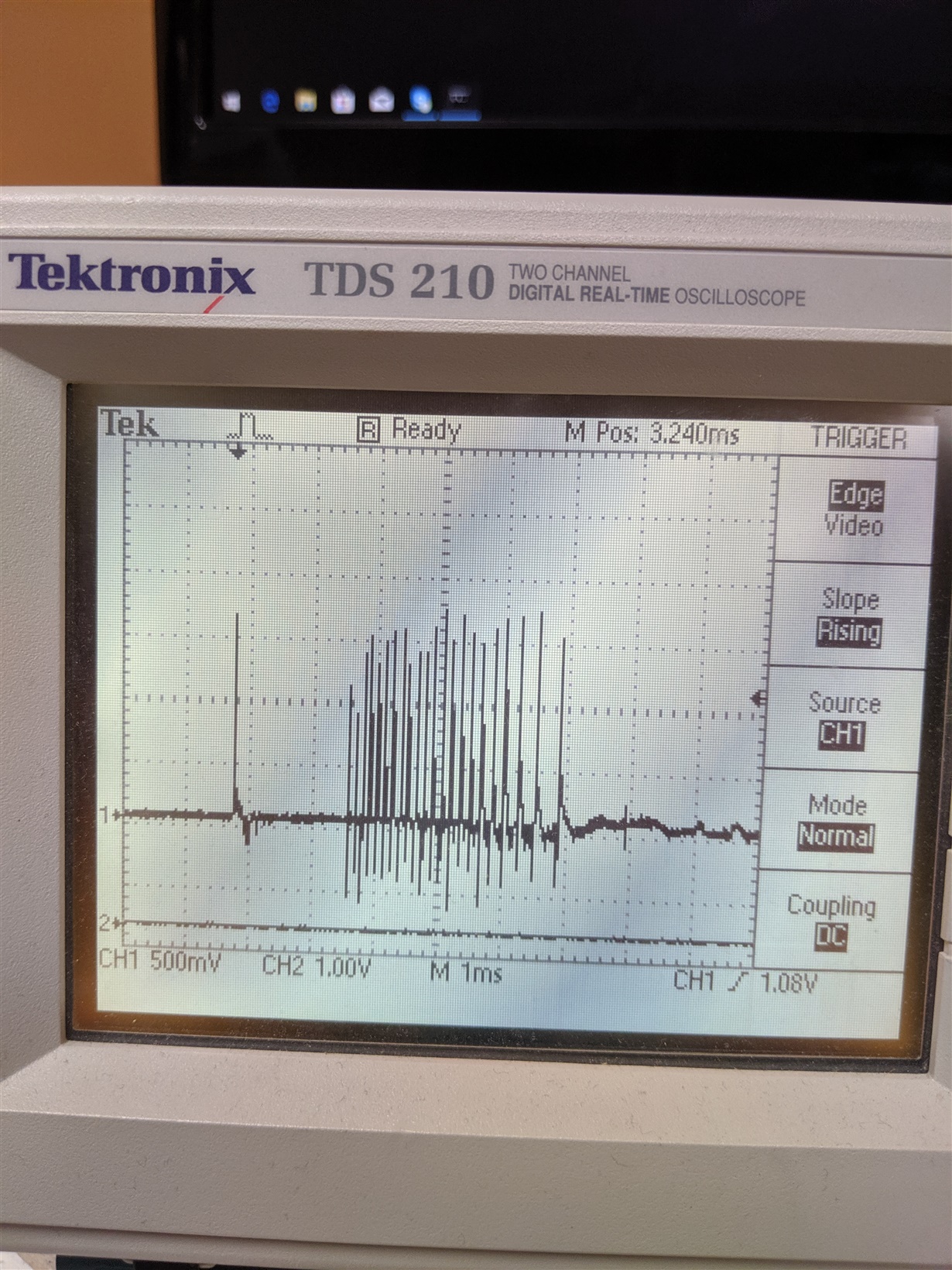Other Parts Discussed in Thread: BQ76PL455A, , EMB1499Q, EMB1428Q, EM1402EVM
Hi,
I am using the EM1402 Evaluation Module (TI BD76PL455A-Q1 Reference Design).
A few days ago, the BMS system had 3 cells with voltages readings around 0.006 to 0.6 volts. Now there are 6 cells reading the same. When I read take the cells out of the BMS chain and read the voltages with a meter, the individual cells are reading 2.2 volts as expected.
These cells are causing under voltage alarms. Once when I forced a balance on the cells, the voltage readings appeared to become correct. The next day the reading were again low. but using a meter the individual cells readings were expected.
Just reaching out to see what may cause such low readings from the chip/board when the meter tells me the correct voltage. Can this be a hardware issue, is it a setup (parameter) issue leading to a timing problem causing incorrect values? Although little change has been done with the setup parameters.
Any insight is appreciated.
Malcolm


